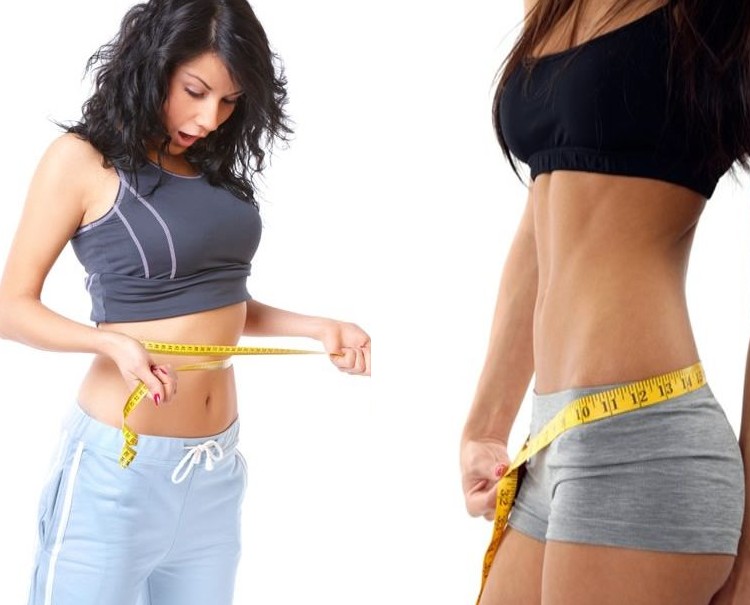
It is a common misconception that aerobic exercise tones and firms muscles. Actually it accomplishes very little toning and firming. Resistance exercise (weight training) is where real toning and firming of muscles occurs.
Doing both aerobics and weight training is the optimal way to lose more fat and gain more muscle. If you are trying to lose weight, studies show that weight loss increases by 56 percent with aerobic and strength exercises combined.
Muscle may weigh more, but when you increase your muscle composition, the body is able to burn more fat, even when you are resting, because your metabolism is higher. A pound of muscle will use 350 to 500 calories per week to survive, while a pound of fat only needs about 14 calories per week. New studies have shown that building muscle helps your body fight disease better, too.
Strength training benefits everyone, no matter what age or sex, and is becoming recognized as an important component of fitness. Research is indicating that the muscle loss found in elderly people doesn’t come from age, but lack of activity. Even a young person who doesn’t get enough exercise can lose muscle mass and strength. Strength training, such as lifting weights or performing weight-resistance exercises, as little as twice a week can help maintain or increase muscle mass.
Strength training involving several sets of multiple repetitions using moderate weights will not result in huge muscles. Instead it builds bone mass and increases the metabolism, as well as toning and firming the muscles, giving a leaner look.
It is very important to do both aerobics and strength exercises. The aerobic exercises help your heart and lungs get stronger and help your body utilize oxygen more efficiently, which in turn helps with strength training and overall fitness. The strength exercise helps develop muscle, reduce body fat and maintain bone mass.
Aerobic Exercise is a type of exercise that elevates the heart rate and breathing for a continuous sustained period. This overloads the heart and lungs and causes them to work harder than at rest.
There are many options to choose from today. Bicycling, aerobic dance, swimming, walking, and stepping are all examples of aerobic exercise. Which ones to chose depends on your physical condition, your history, your interests and your goals. Many experts believe it is better to alternate between 2 or more types, to get a better workout.
There are two main types of aerobics- high impact and low impact. It is better to alternate between high impact aerobics (which are harder on the body and may cause more damage) and low impact aerobics, such as walking and swimming. This is called cross-training, and helps reduce the chance or injury and overuse of certain muscles.
You will want to perform aerobic exercises at least 20 minutes a day for at least 3 to 4 days a week. If you are trying to lose body fat, or your physical condition is very good, then you may want to work longer at it. Try exercising up to 40 to 60 minutes 5 to 6 days a week.
Remember there is no real need to go overboard. Moderate intensity is almost always better, and is more enjoyable. Low to moderate intensity is an especially good idea when starting out after a layoff or recovery from illness or injury, or if you are significantly overweight.
Warm-up and cool down is important to reduce discomfort and the chance of injury. Warm up by starting slow and gradually build up to your top speed. Then slow down again at the end of your workout.
The whole idea behind aerobic exercise is to get up and get moving! Find something you enjoy doing that keeps your heart rate elevated for a continuous time period and get moving to a healthier life.

Source by Dianne Ronnow
 Vitamin Agent The Health & Naturalistic Source
Vitamin Agent The Health & Naturalistic Source




